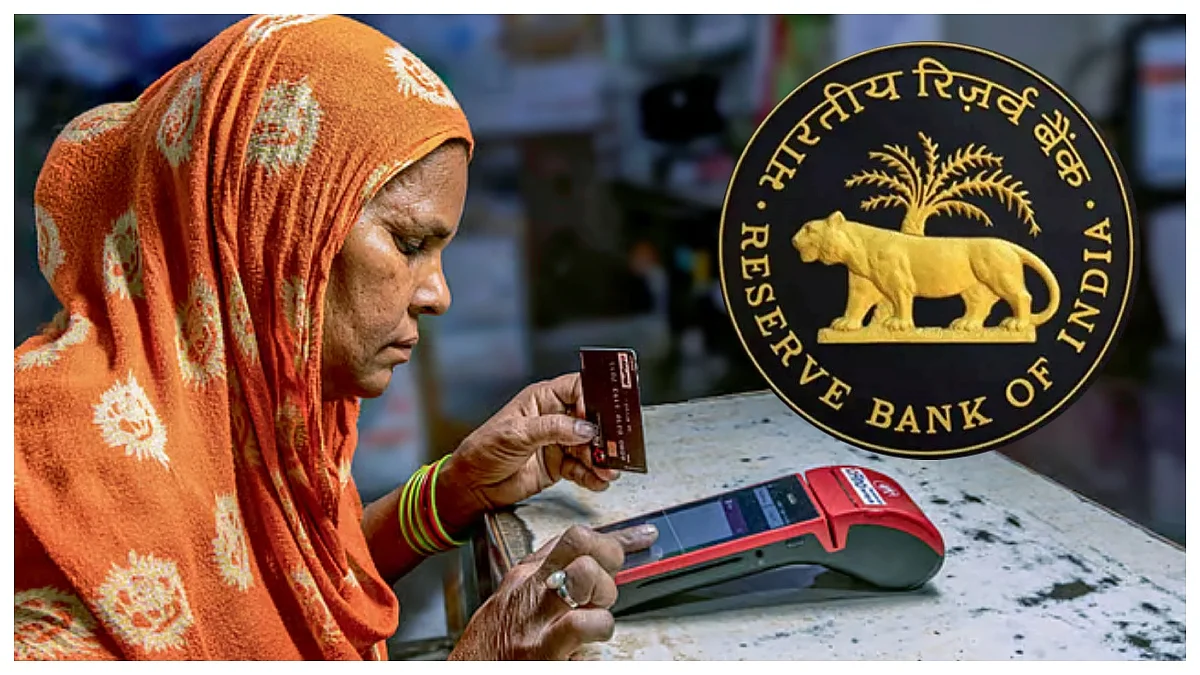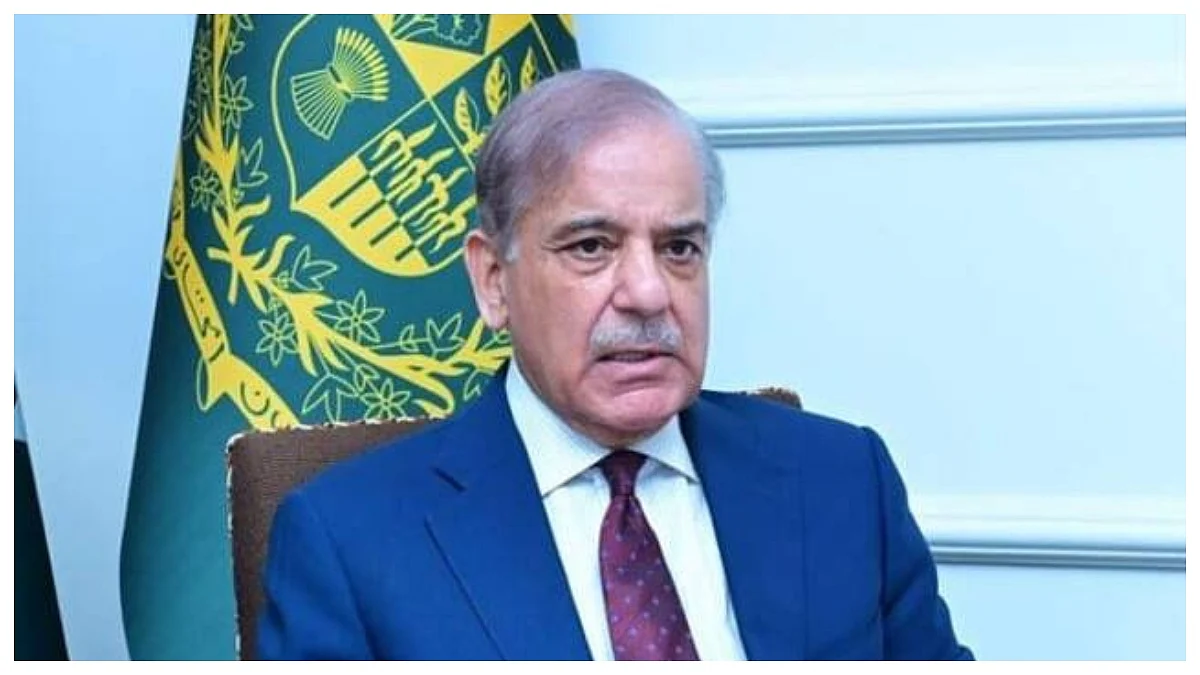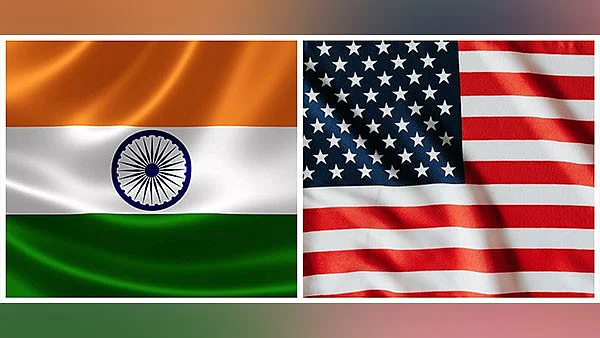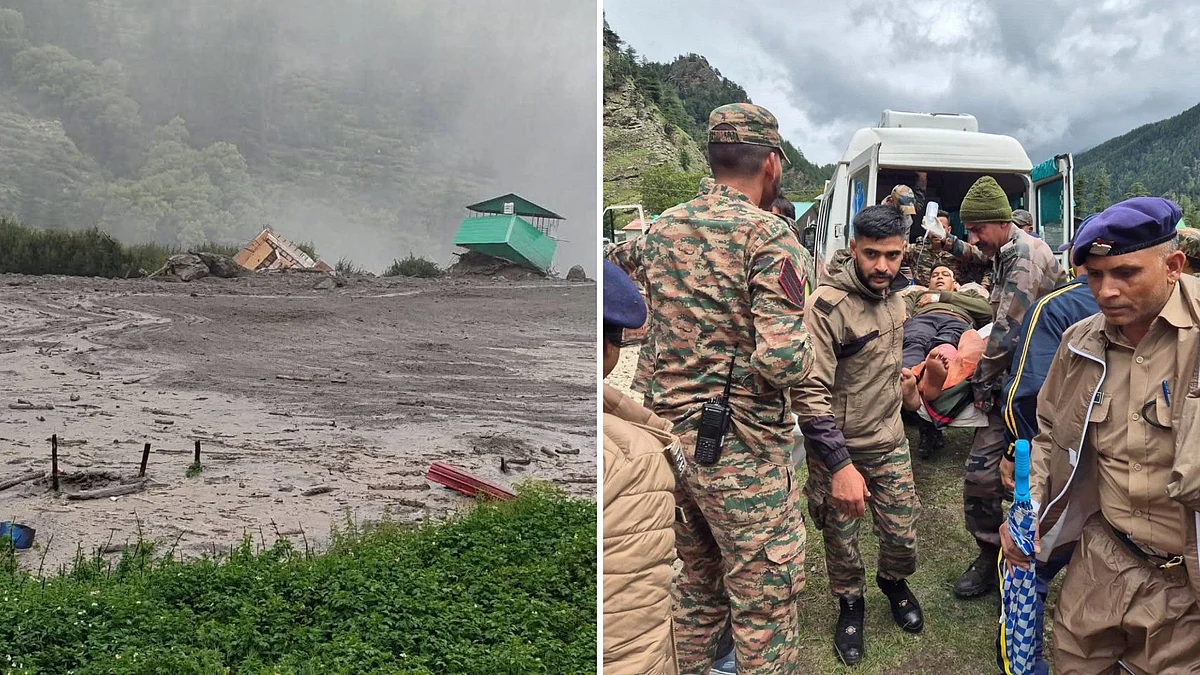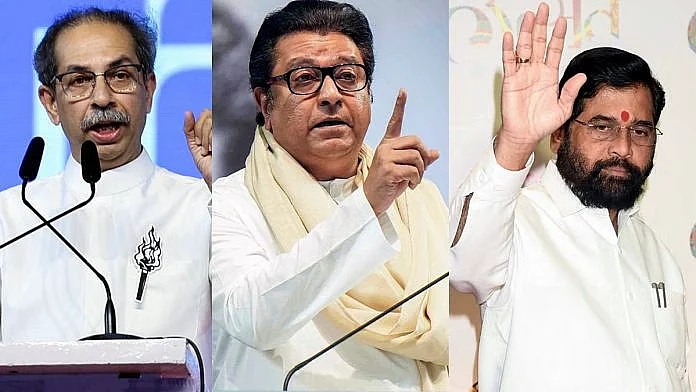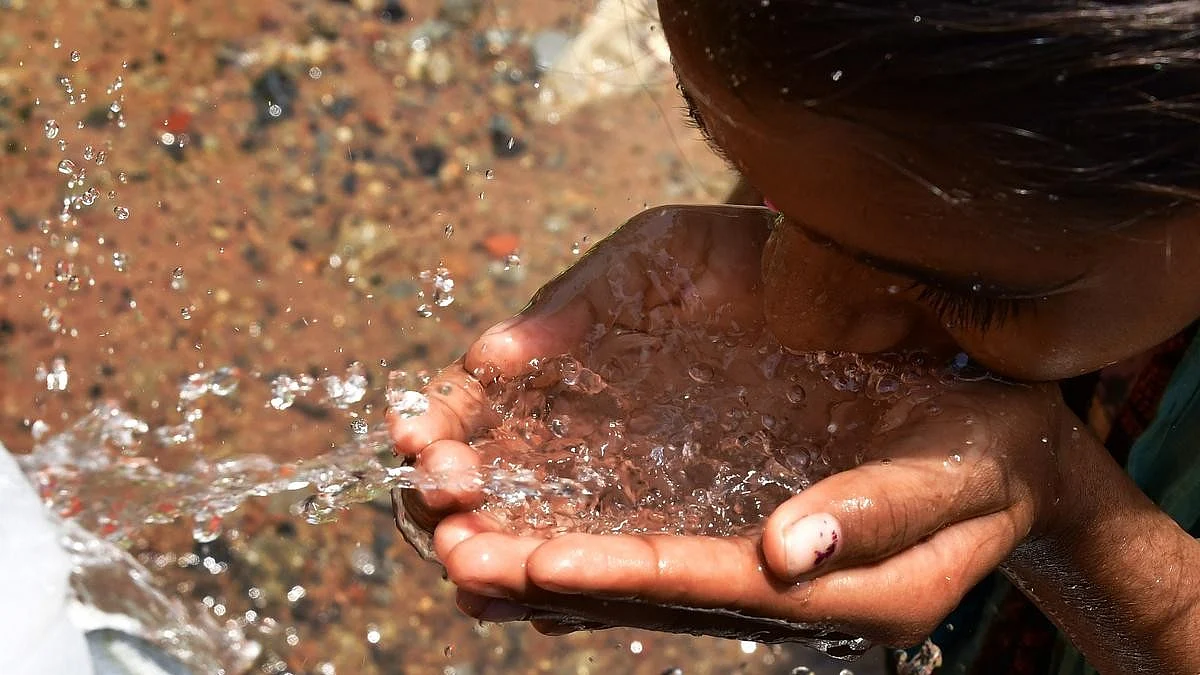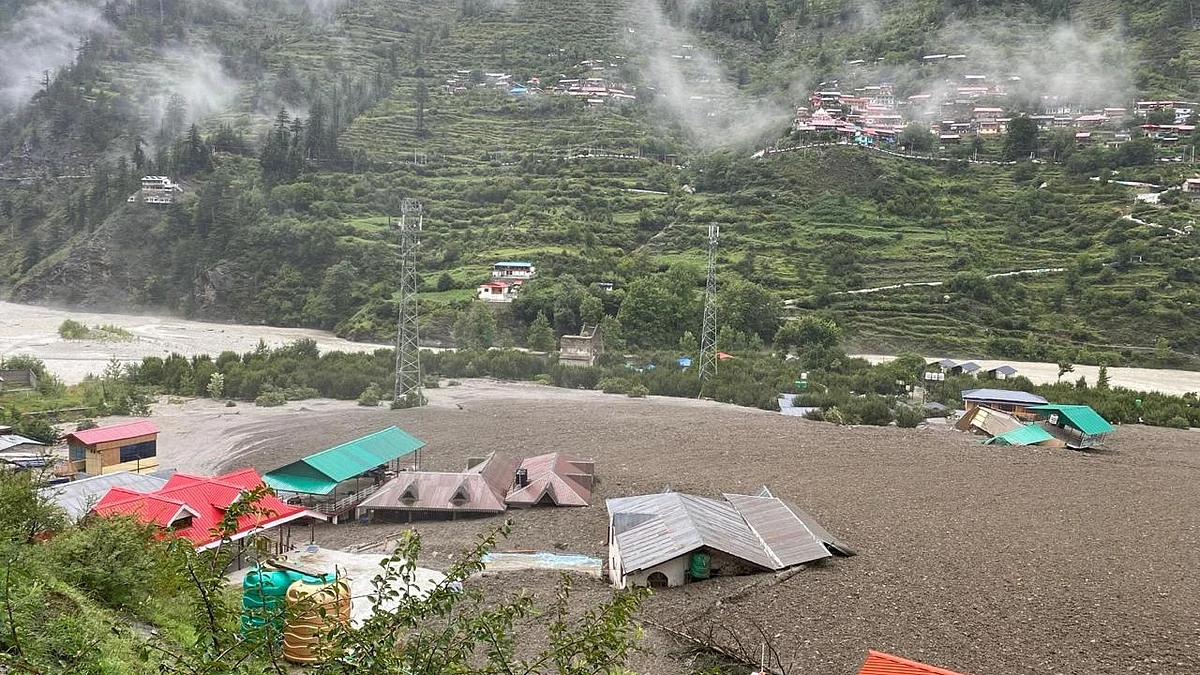Hate is a powerful and destructive emotion, and when it gets transformed into hate-mongering against an entire community, it can destroy a country. It happened back in 1947, and it is happening today. If it turned the country’s “present” chaotic back then, it is destroying its future now, and quite literally so.
Last month, the Belagavi district police in Karnataka arrested Sagara Patil, the Soundatti taluk president of Sri Ram Sene (SRS), for deliberately poisoning the water in a government primary school in the Hoolikatte village. The reason? He wanted the school principal, who was from a minority community, to get transferred. The price of his xenophobia was paid by about a dozen innocent children. Luckily, there were no casualties.
The incident, which was brought to light only a couple of days ago by a digital news platform based in Bengaluru, highlights how communal hatred is slow-poisoning India’s future. Not only are minorities, especially Muslims, unwelcome in cultural gatherings of Hindus, but there seems to be growing opposition, among a section of people, to their presence at workplaces and in public spaces too. While the extreme bias shown by these young men against Muslims seems shocking, more shocking is the total lack of conscience and concern for the young lives that bore the brunt of this hate-mongering. The incident points to a deeper malaise that has set in Indian society: that of growing hatred. Reactions to a difference of opinion or ideology are no longer limited to anger or dislike; they result in outright hatred, fuelled by vested interests.
This is not the first time that members of Sri Ram Sene have resorted to violence to make their stance clear on issues related to Indian culture and Hindutva. The fringe group is a firm believer in might is right and has a long list of criminal cases registered against its members, including its founder Pramod Muthalik, an ex-Bajrang Dal member. The group came into prominence way back in 2009 when some SRS members assaulted women at a pub in Mangalore. The act was applauded by Muthalik, who said, “Girls going to pubs is not acceptable.” Since then, the organisation has been actively involved in incidents of moral policing, opposition to interfaith marriages, and cow slaughter, and has grown in numbers and influence. In fact, it is allegedly linked to the murder of journalist-activist Gauri Lankesh. However, this is the first instance where children have been at the receiving end. And with this act the forces of Hindutva have fallen to a new low.
A society where children end up paying the price for the political ambitions of adults is essentially a dead society. It is ethically and morally defunct. George Bernard Shaw had said that the worst sin toward our fellow creatures is not to hate them but to be indifferent to them. We, as a society, can’t remain indifferent to this sin.

